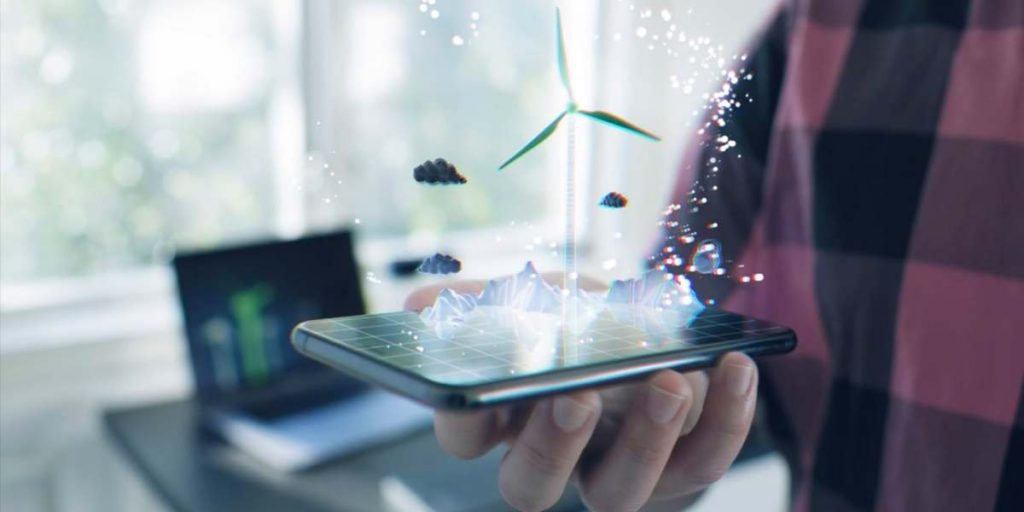
It is a common misunderstanding that cybersecurity is for larger organizations only. In fact, small and medium-sized enterprises often become caught up in security breaches because weak security measures make them easier to target. Therefore, SMEs should be careful not to believe that they are too small for cybercriminals to notice. It is easy to understand that small businesses do not want to invest in cybersecurity because of limited resources and small budgets.
However, considering today’s era when every business is directly or indirectly dependent on the internet, it is difficult to ignore the need to adopt best practices in cybersecurity. You don’t necessarily have to invest heavily. You should encourage your IT team to get certified from a reputable source, such as cyber essential plus. The focus should instead be on preventing the occurrence of a safety violation with fundamental best practices. Let’s look at several practices for your SME to ensure cybersecurity in your organization.
Install Firewall

In the first place, building a solid foundation for cybersecurity will create the first line of defence against hackers, and that is by ensuring that the corporate networks are secure. The installation of a firewall, an IDS, and an IPS can do this. It is also recommended to install internal firewalls in addition to the external firewall to provide an additional defence layer to your data security.
Document Your Security Information Policies
For many small and medium-sized enterprises, documentation is not the norm, as it often works through words of mouth. In cybersecurity, however, it is imperative to document processes. This not only helps you measure if tasks are done but is also an easy way to transfer knowledge to recruits.
Train All Staff

Employees frequently carry lots of hats at SMBs, making it vital for all network access staff to be taught the most acceptable cyber safety practices and security rules of your corporate network.
Since the regulations evolve as cybercriminals become wiser, regular updates on new protocols are required. Every employee must sign a paper stating that they are informed of the policies and understand that measures can be taken if they do not comply with security regulations to keep employees accountable.
Back-Up
Data breaches via a ransomware attack are growing when the hacker robs and encrypts data until a ransom sum is paid. Even if the ransom is paid, no guarantee is made that the data are collected in their original state. Instead of incurring ransom and downtime fees, it is advisable to back up your data elsewhere securely. Cloud services for backups are prevalent. Not only do they provide data access from everywhere, but they also provide much more sophisticated security. Review Access Permission Access control is among the critical elements to ensure safety.
One way is to limit access by job roles to shared files and confidential apps. Just give information to those relevant to a particular source and need it to do their job. Revoke access whenever an individual is no longer needed. Do not offer somebody limitless access based on seniority. Also, terminate access shortly after an employee quits your business or changes your department.
Secure Your Wireless Internet Networks

Ensure your WIFI is secure, encrypted, and concealed if you have a Wi-Fi network for your workplace. In order to hide your Wi-Fi network, set up your wireless connection point or router, so it does not broadcast the name of your network (SSID). Password also protects router access.
Use Optimal Payment Card Procedures
Work with banks or processors to ensure the most trustworthy and validated tools and fraud prevention services. In addition, segregate payment systems from other programs that are less secure. And don’t use the same computer to pay and browse the internet.
Multi-Factor Authentication
Multi-factor authentication is when you need to use a system with two types of passwords or identities. This is one of the most exemplary security measures becoming increasingly popular across the board, particularly in social networks where connection to a system is easy remotely. This is one of the most acceptable ways to add an additional protective layer to things like email accounts and software, and it is easy enough to set up in several steps.
Computer Logging

Again, sometimes things go wrong no matter how much preparation you make. Investing in Windows logging software guarantees that you have a mechanism to monitor and correct the error when something goes wrong swiftly. You can also enable automatic alerts with logging software to avoid problems in the first place.
Anti-Malware
Finally, to avoid attacks, put anti-malware software in your business system. Things still sneak through the cracks even if your personnel are fully informed in online security. For example, anti-virus software can prevent the most common phishing attacks and can help deploy a machine once the infection is destructive.
Security Mobile Device

While Bringing your device (BYOD) is very typical in most firms, it is necessary that they develop a waterproof security plan and mobile device BYOD policy. In addition, it is also necessary to instruct small and medium-sized enterprises to automatically update safety on mobile devices and ensure that devices comply with the company’s password policy.
Security is a moving target. Every day, cybercriminals are more advanced. So to protect your data as much as possible, cybersecurity is a crucial responsibility for all employees. And above all, keep up with the current attack trends and newest preventive technology. Your company depends on that.




